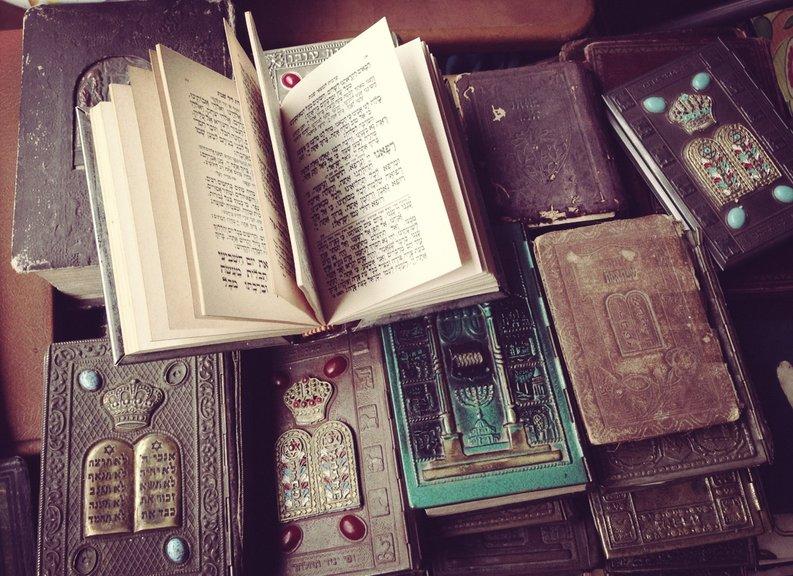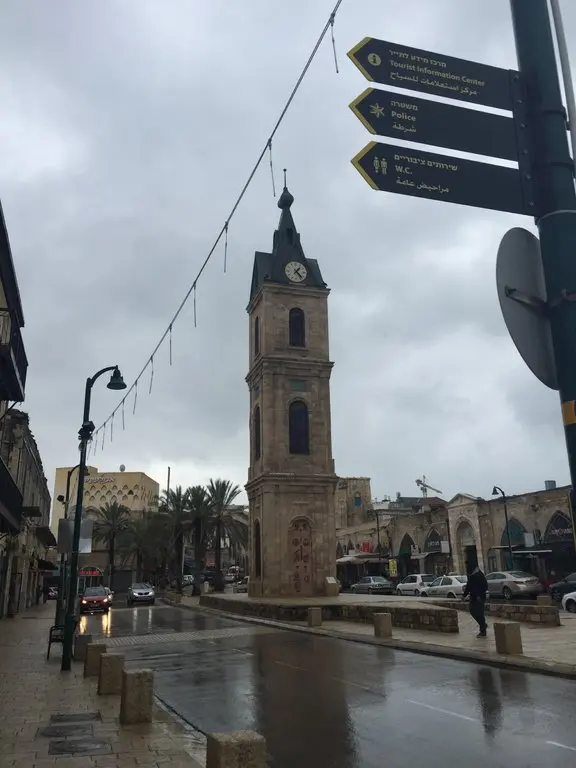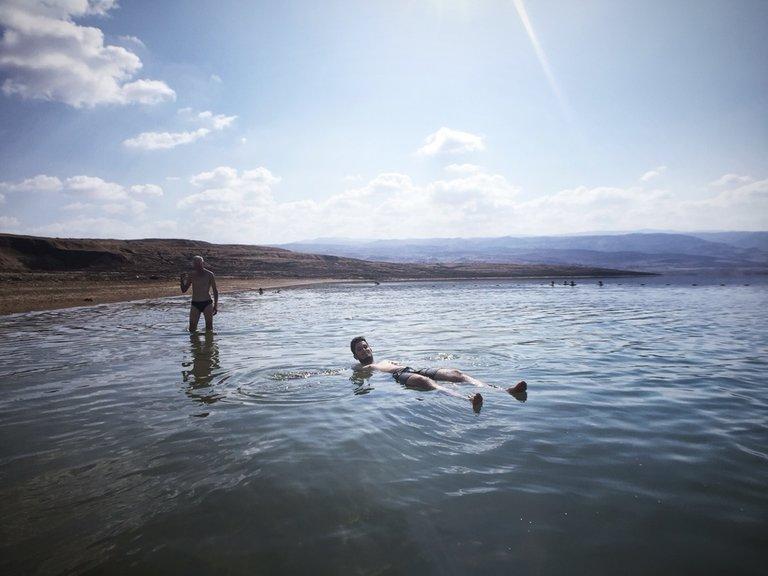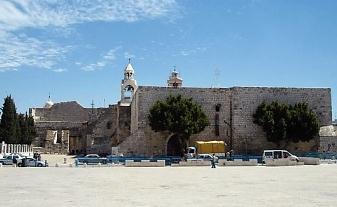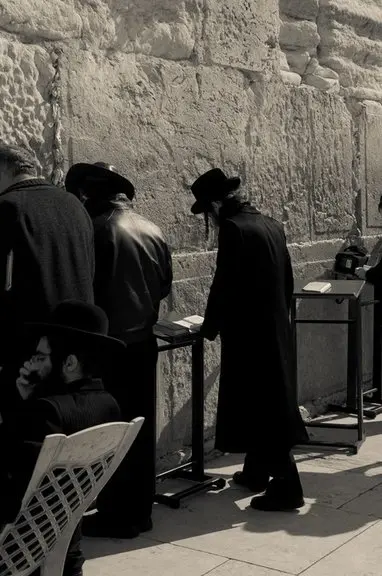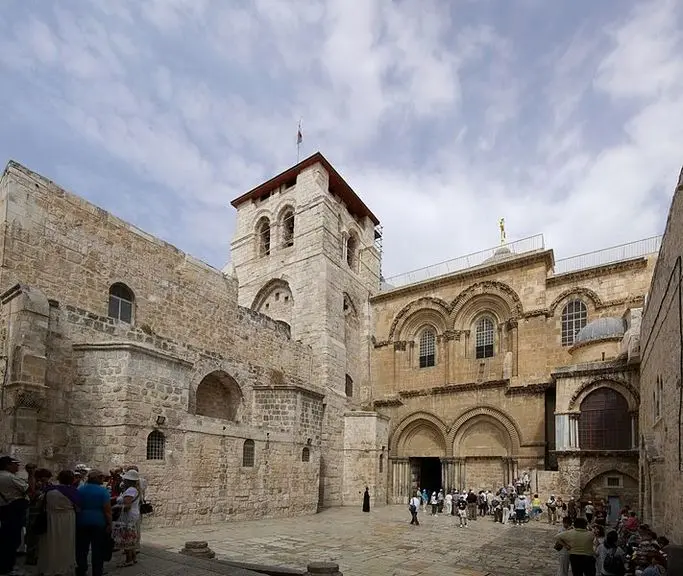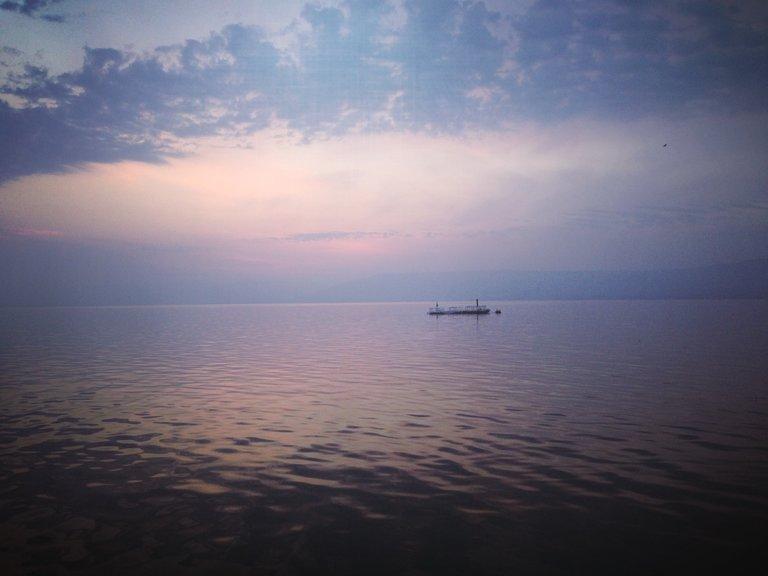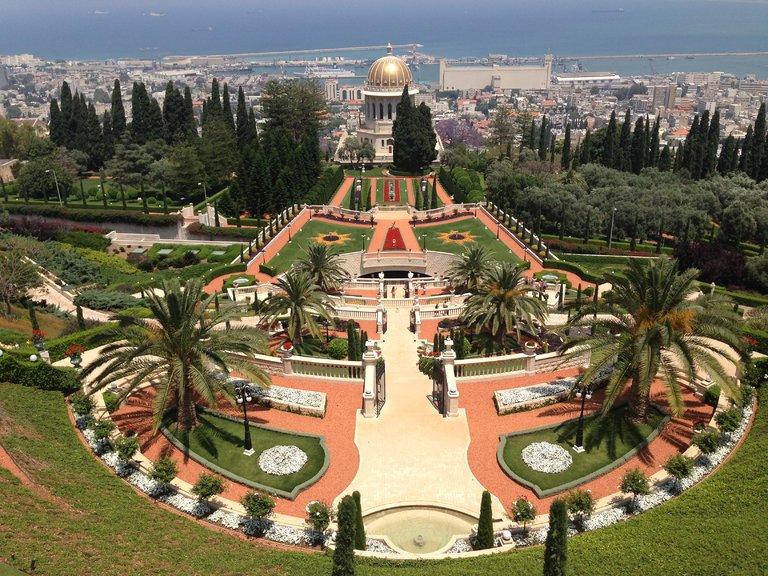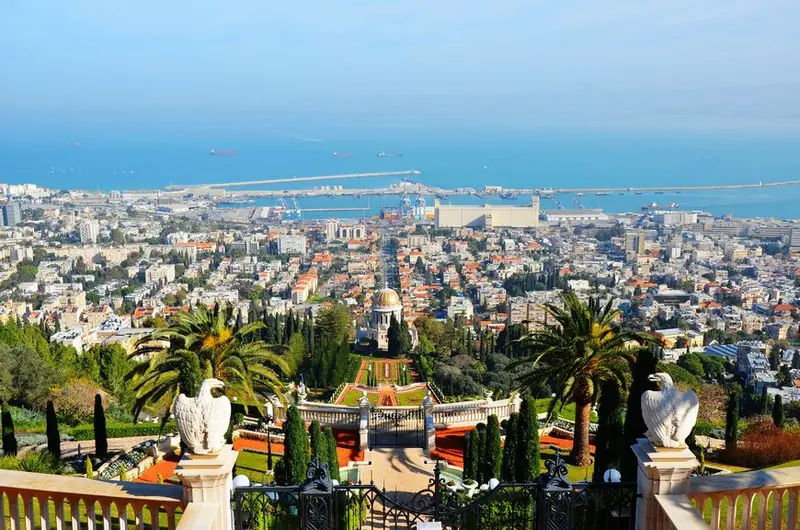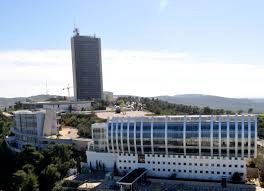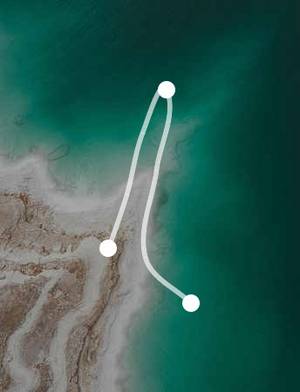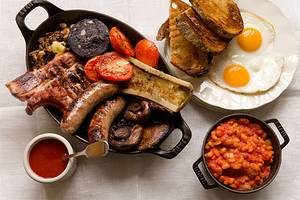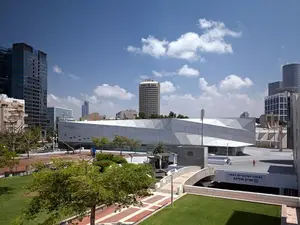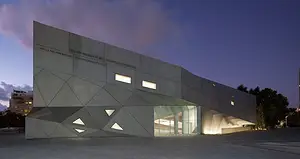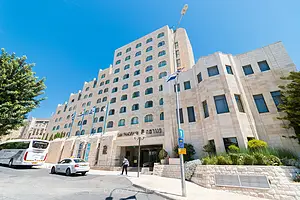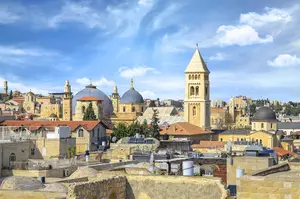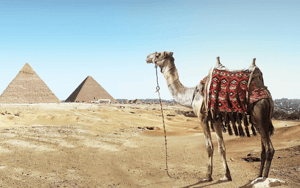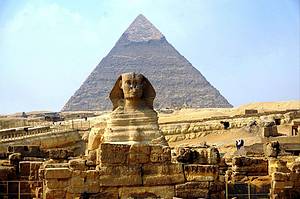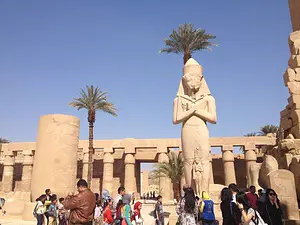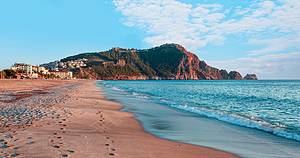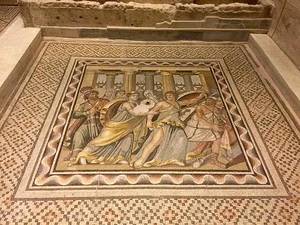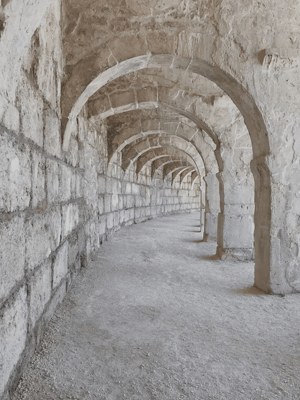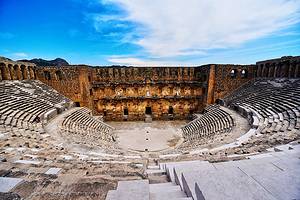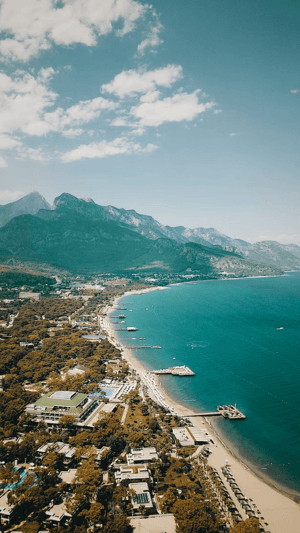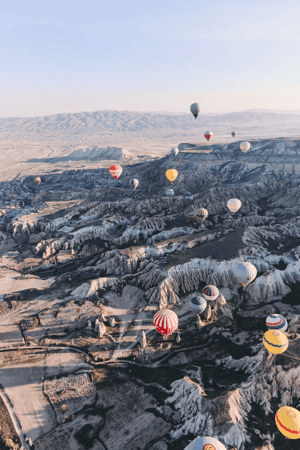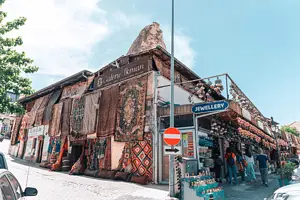A religious historical journey in Israel on the 5th day
6 cities |
13 attraction(s) |
total distance 211
km
 TIPS
TIPS
Day1
Day2
Day3
Day4
Day5
Day1: Tel Aviv
3 attraction(s) ·
9 km
1
Located on the southern outskirts of Tel Aviv, overlooking the Mediterranean Sea, it is an ancient city with a history of thousands of years, and a typical landmark of Tel Aviv. The Bible records that the wood for building the Holy Temple in Jerusalem was transported from here. Looking south from the Tel Aviv beach, there are clusters of houses on the small hills, and on the hilltop there is a clock tower, which is the old city of Jaffa.
The old city is now mainly occupied by artist residences, studios, and art shops. It has also become the spokesperson of the 12 constellations, with a fountain for each constellation, alleyways named after the constellations, and a bridge for making wishes based on the 12 constellations. It is said that if you find the relief sculpture of your constellation on the bridge, and then stroke it lightly while facing the sea making a wish, it will come true. Unfortunately, the wishing bridge is no longer accessible due to long-term disrepair. Walking along the intricate alleys, stepping on the cobblestone streets that have recorded thousands of years of history, exploring the old city, and looking for one's own alley, there is no need to worry about getting lost. There will be surprises in every corner. Perhaps you will come across an orange tree hanging on a big rock in a certain corner.
The center of the old city is a square, where there is a tourist center where you can get a free map of Jaffa. There is a small museum underground in the tourist center, which uses artifacts and 4D movies to record the history of this small city. Tickets (30 NIS, student tickets are 15 NIS) can be purchased at the tourist center. From the top of the hill in the old city, you can overlook Tel Aviv and the Mediterranean Sea. The view is superb, and it is also a typical landmark of Tel Aviv. The landmark of the old city of Jaffa is the Turkish clock tower (Clock Tower) next to it, which has a history of more than 100 years. Near the clock tower, you can find another tourist center where you can get a free map.
The old city is adjacent to the ancient port of Jaffa, where mostly private yachts are moored now. Every morning, many people gather at the old port waiting for fishermen to offer the freshest seafood of the day. Along the ancient port, there are several seafood restaurants and some free art galleries. Go explore and you will definitely be pleasantly surprised.
6
km
2
At the northern coast of Tel Aviv, after a renovation by the city government, it has now become a large entertainment, leisure, and shopping area. The seaside is covered with wooden boardwalks and scattered with smooth stones of different shapes, which can be used as decorations or seats. Various creative ideas are displayed in every corner. Many families like to bring their children here to play, and of course, it is also suitable for couples. In addition to the boardwalks, a large number of former warehouses have become shopping stores, nightclubs, bars, restaurants, performance centers, and a European-style market.
3
km
3
Bauhaus is an architectural style originated from Germany, leading the new trend of modern architecture in the 20s and 30s of the last century. Due to survival reasons, Jewish people who inherited this design concept and skills gradually moved to present-day Israel and quickly built a large number of Bauhaus buildings. While Bauhaus in Germany or other European regions has gradually disappeared, Tel Aviv now has over 4,000 Bauhaus buildings, and therefore has been designated as a World Cultural Heritage site by UNESCO. The Bauhaus buildings in Tel Aviv are mostly square with flat roofs or curved corners, with many walls, small windows, and a white or concrete exterior. They often have spacious balconies on the front or curved corners. Bauhaus buildings mainly exist in several commercial streets and residential areas in Tel Aviv, such as Dizengoff Street, Rothschild Street, Bialik Street, and Allenby Street.
Day2: Ein Gedi > bethlehem
2 attraction(s) ·
124 km
1
Free beaches near Ein Bokek, bus stops from Jerusalem to the Dead Sea are located here. The beach is across from the bus stop and offers free changing rooms, open-air showers, and toilets. If you want Dead Sea mud, you'll need to buy it yourself at nearby stores, which costs around 10 shekels per bag.
124
km
Day3: Jerusalem
3 attraction(s) ·
6 km
2
The Church of the Holy Sepulchre, also known as the "Resurrection Church" in Eastern Orthodox Christianity, is considered the last station of the Via Dolorosa. It is widely believed among Christians that the church is built on the site described in the New Testament where Jesus Christ was crucified, and that Jesus' "Holy Sepulchre," the tomb, is located within the church at the entrance. It has been a significant pilgrimage site in Christianity since the 4th century AD.
4
km
3
A winding path in the old city of Jerusalem. Jesus carried the cross along this path to the execution site, experiencing 14 events, hence the 14 Stations of the Cross. The current route was established in the 18th century. It is the most devout pilgrimage journey for Christians.
Day4: Tiberias
2 attraction(s) ·
59 km
1
The Sea of Galilee is the common English name. Arabs call it "Lake Tiberias" because the city of Tiberias is located on its western side, while Jewish people refer to it as the Kinneret, meaning harp, due to its harp-like shape. The beautiful scenery of the Galilee is always highly praised.
59
km
2
Golan Heights
The Golan Heights is located on the southwest border of Syria, east of the Jordan Valley, and is currently under Israeli military control. It serves as a patriotic base for Israel and often sees Israeli soldiers, sometimes also encountering UN soldiers.
In the battles that occurred in the Golan Heights, the cruelest was the "Valley of Tears" in the eastern part of the Heights, which is a contested area for both Syria and Israel. About one kilometer away from the "Valley of Tears" is the Syrian "Ghost Town," which was occupied by Israeli troops during the Middle East war and later destroyed by Israel in 1974. The ruins of the city were preserved by Syria to educate future generations not to forget the national humiliation.
Day5: Haifa
3 attraction(s) ·
15 km
1
Baha'I Gardens
Located on Mount Carmel in the city of Haifa, Israel, the Baha'i Gardens is the final resting place of the Baha'i prophet, Bab, and is considered the second holiest site in the Baha'i faith. The garden spans 1 kilometer from the foot to the top of the mountain, with a vertical height of approximately 225 meters and a maximum slope of about 63 degrees. The main feature of the symmetrically-designed Baha'i Gardens is a white marble staircase, with trees, pools, flower beds, and sculptures symmetrically distributed on both sides. In 2008, it was inscribed as a UNESCO World Heritage site.
4
km
2
The area centered around Ben-Gurion Boulevard was once purchased by members of a German fraternal society in 1868, with the intention of establishing the first planned agricultural community in the Holy Land. Many of the German-style buildings they left behind have been well-preserved in the last decade of the 20th century. Today, there are numerous shops and cafes lining the boulevard. Recommended buildings in this area include Havana Plus, Milagro, and Isabell. The Haifa City History Museum and the Visitor Center are also located in this area.
12
km
3
Located at the top of Mount Carmel, this campus was designed by Oscar Niemeyer, who also designed the city of Brasília and the United Nations Headquarters in New York, and later, new buildings were built around it. On the 30th floor of the Eshkol Tower, you can enjoy the best view of northern Israel.
Haifa University also has the Hecht Museum, which houses many artifacts and artworks. Entry is free.
